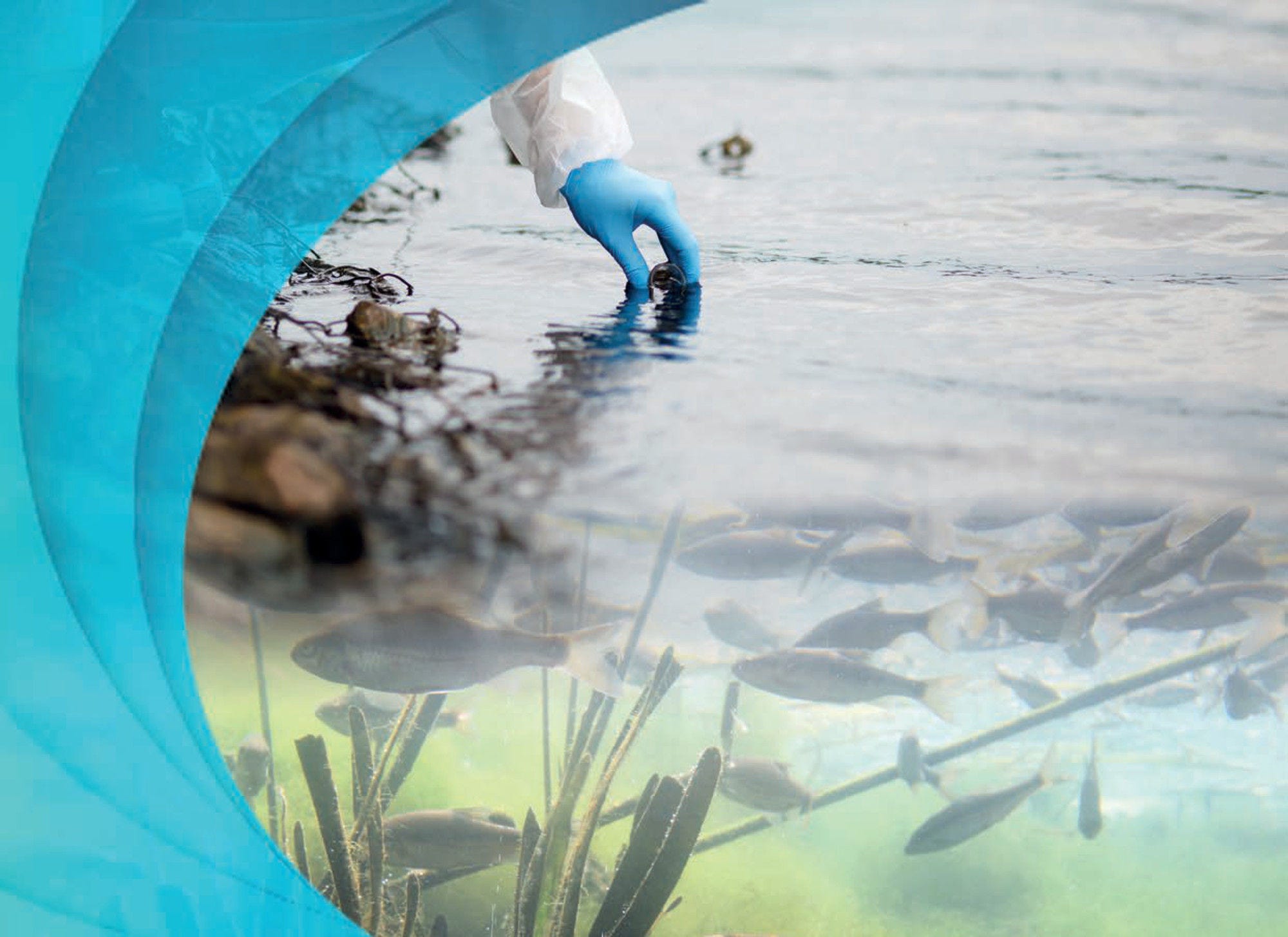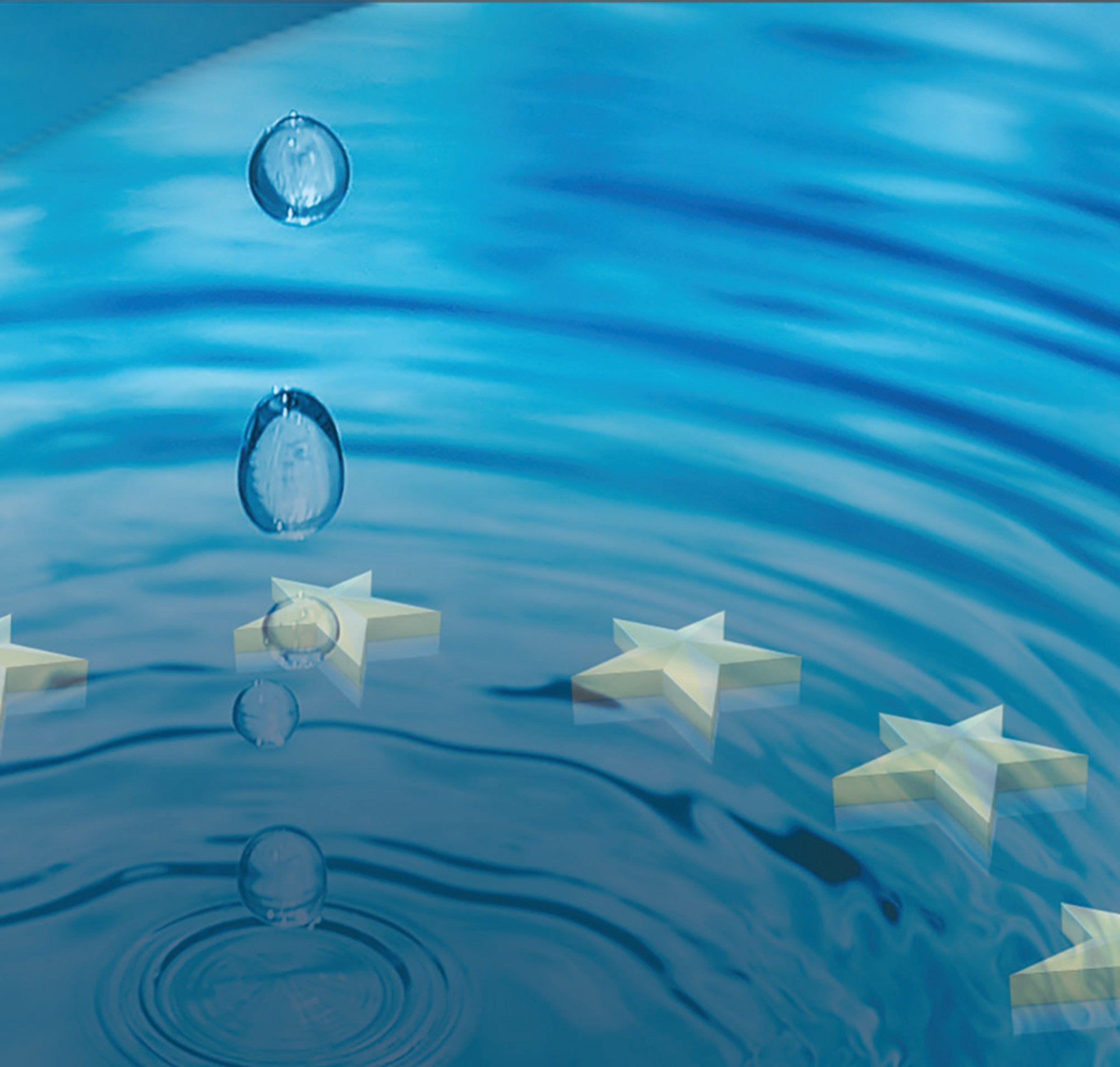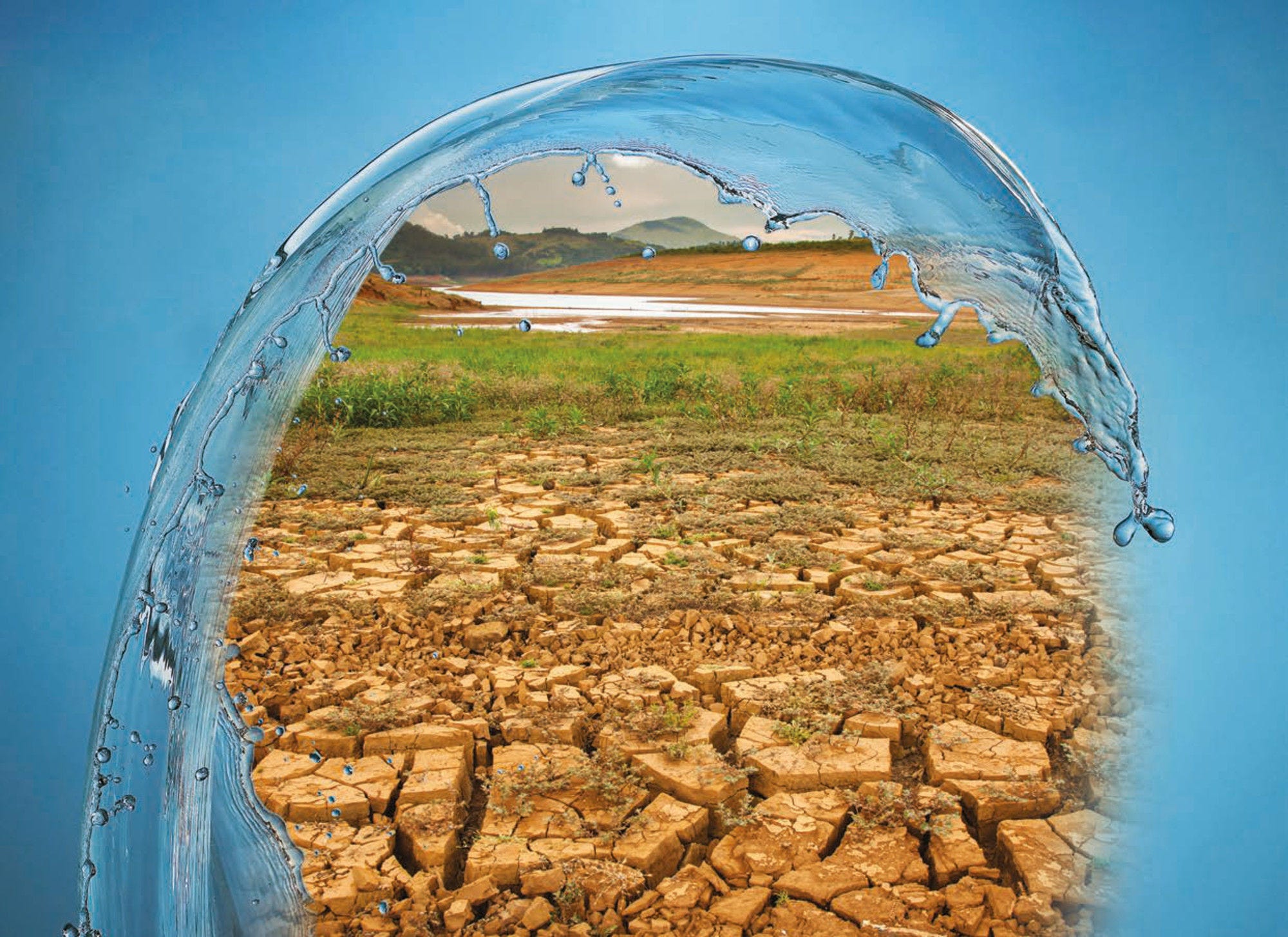Current policy approaches to manage pharmaceutical residues are inadequate for the protection of water quality and freshwater ecosystems upon which healthy lives depend. They are often reactive (i.e. when risks are proven), substance-by-substance (i.e. individual environmental quality standards) and resource intensive. And diffuse pollution, particularly from livestock and aquaculture, remains largely unmonitored and unregulated.
All stakeholders along the pharmaceutical chain have a critical role to play in the transition to more effective management of pharmaceutical pollution. Voluntary participation alone will not deliver; economic and regulatory drivers from central government are needed.
Policy-makers will need to factor in financing measures for the upgrade, operating and maintenance costs of wastewater treatment plants, as well as policy transaction costs to facilitate the transition from reactive to proactive control of pharmaceutical residues in water bodies. The relative risk of pharmaceuticals should also be compared with other water pollutants (e.g. heavy metals, persistent organic pollutants and other contaminants of emerging concern) to achieve improvements in water quality and ecosystems in the most cost-effective way.
While acknowledging the critical role of pharmaceuticals for human and animal health, a combination of the following four, proactive strategies can cost-effectively manage pharmaceuticals in the environment. Their effectiveness however, depends on collaboration across several policy sectors and the adoption of the life cycle approach; taking action through pharmaceutical design, authorisation, manufacturing, prescription, over-the-counter purchases, consumer use (patients and farmers), collection and disposal, and wastewater treatment. A focus on preventive options early in a pharmaceutical’s life cycle, may deliver the most long-term and large-scale environmental benefits.
1. Improve monitoring and reporting on the occurrence, fate, toxicity, and human health and ecological risks of pharmaceutical residues in order to lay the ground for pollution reduction policies. Consider the inclusion of environmental risks in the risk-benefit analysis of authorisation of new pharmaceuticals, and risk intervention and mitigation approaches for pharmaceuticals with high environmental risk.
2. Implement source-directed approaches, such as the sustainable design and procurement of pharmaceuticals, to prevent the release of pharmaceutical residues into water bodies.
3. Introduce use-orientated approaches, such as disease-prevention, improved diagnostics and restrictions on pharmaceuticals with high environmental risk, to reduce inappropriate and excessive consumption of pharmaceuticals.
4. Implement end-of-pipe measures, such as advanced wastewater treatment, public collection schemes for unused pharmaceuticals, and education campaigns, to safely dispose and remove pharmaceutical residues.











